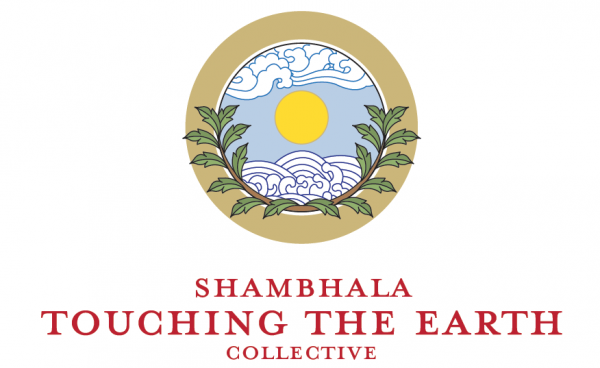Friday
UncategorizedWild Mind, Wild Earth: Our Place in the Sixth Extinction by David Hinton
A Touching the Earth Collective Book Review by Gregory Webster
As the twenty-first century unfolds before us, we find ourselves in the midst of the sixth extinction event on Planet Earth. This time however, it is not caused by a catastrophic asteroid impact, or super volcanoes; it is caused by us. How could we possibly get ourselves into such a predicament?
In Wild Mind, Wild Earth, renowned poet, translator and author David Hinton recognises the root of the problem as a spiritual and philosophical one. Hinton guides us back through the implications of our transition from Paleolithic hunter gatherers, living completely immersed in and indivisible from the phenomenal world, to Neolithic proto agrarian communities, where protecting land and livestock from the incursions of the wild created the first fissures in our relationship with nature; our first steps towards separation and domination.
This transition also led to a spiritual revolution, abandoning celebration of the generative wild earth for sky-gods, and mythologising the Neolithic relationship to the natural world in the process. This pattern replicated across all major world religions, except for Buddhism. The inherent separation from nature and right to dominate became the lens through which Western civilisation has seen the world since, despite growing secularisation in recent times.
Hinton explores the resurgence of the Paleolithic world view in ancient China against a societal backdrop with important similarities to our modern civilisation. As the monotheism of the Shang Dynasty (1766-1040 BCE) receded, the ground was ripe for embracing the “generative tissue of wild existence” once again through Taoist and Chan Buddhist thought and practice; the human once again “woven into earth and Cosmos.”
Jumping forward over two thousand years, when William Bradford looked out from the deck of the Mayflower in 1620 and declared North America “a hideous and desolate wilderness, full of wild beasts and wild men,” he perhaps encapsulated the prevalent Western worldview of the time. But accounts of Native American wisdom and lifeways began to trickle back to Europe, influencing the Romantic poets and their ecstatic encounters with the natural world. Hinton follows this thread through to the pantheon of great American nature writers. Whilst recognising many of these writers wrote through the lens of the dominant religion of their day, echoes of earlier worldviews come into view and offer hope of a return to wild mind.
Interestingly, Hinton highlights the work of Robinson Jeffers, once underappreciated and dismissed through much of the latter part of the 20th Century for his savage critique of modernity, but more recently resurrected by the likes of British writers Paul Kingsnorth and Dougald Hine in their seminal Uncivilisation manifesto. He explores the differences in style and ethics between the Western poetic canon and Chinese Rivers and Mountains poetry – most notably the predominant absence of the first person in the language of the Chinese poets; humans indivisible from landscape.
Egrets, a ninth-century poem by Tu Mu, is used as a recurring touchstone throughout the book. Hinton half jokingly asks “how a little poem from ancient China could save the planet?” Given the relative brevity at around 130 pages, and the vast historical sweep, Hinton manages to map our cyclical journey with precision and ease, not unlike the great Taoist/Chan masters we might encounter along the way.
There is an unexpected undercurrent of hope flowing through Wild Mind, Wild Earth. The scale of our predicament is not underplayed at all, but mapping the seeds of a potential change in our worldview back towards a humanity indivisible from nature gives us hope that basic sanity might reign once more in the new world that is dawning.

Gregory Webster is a Trustee of his local Wildlife Trust (BBOWT), Chair of ecological consultancy Future Nature WTC, and a Shambhala Touching the Earth Collective steering committee member. He lives and works in Oxford, England.


















